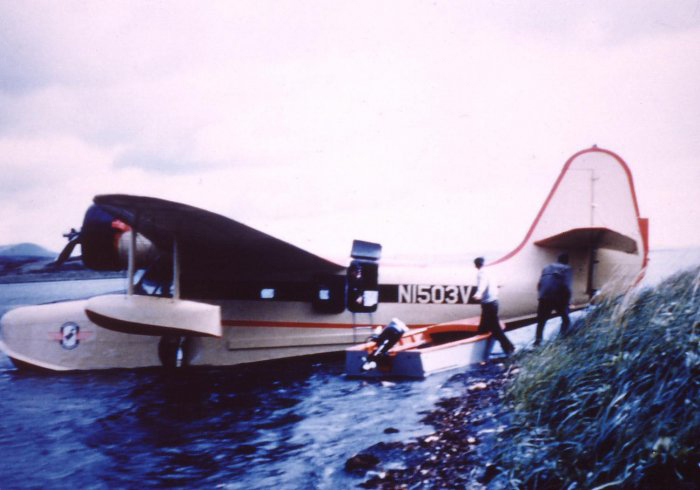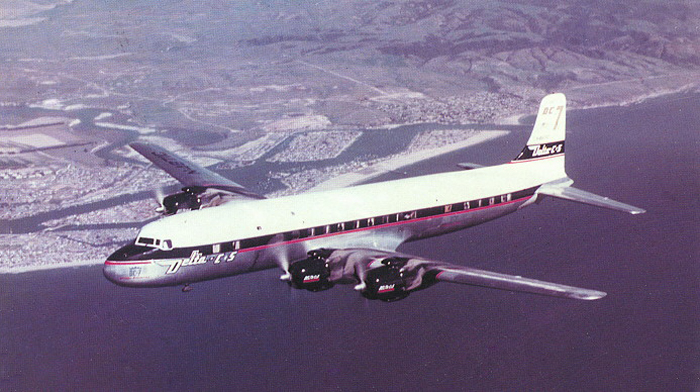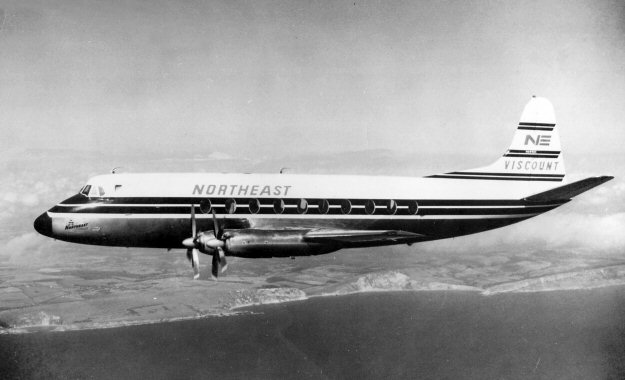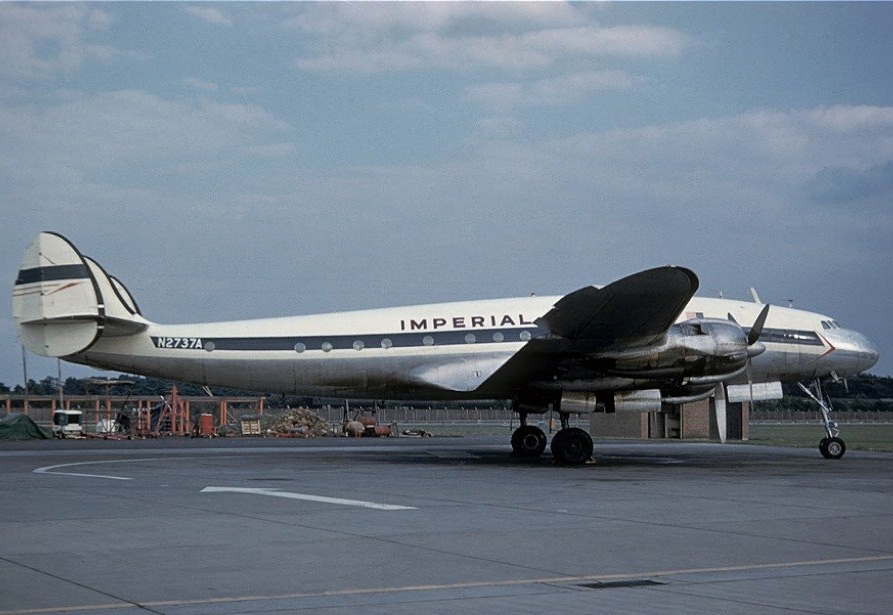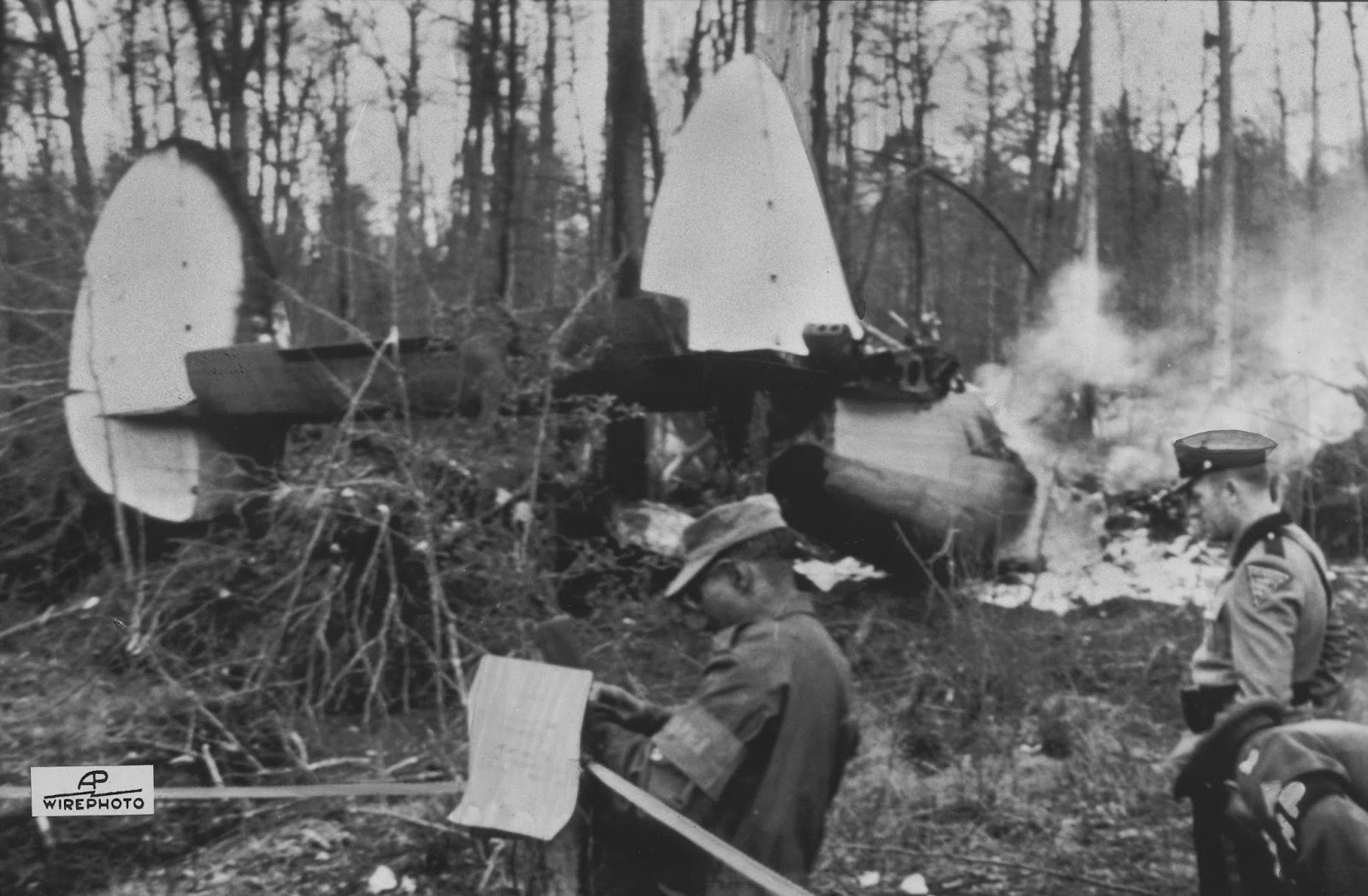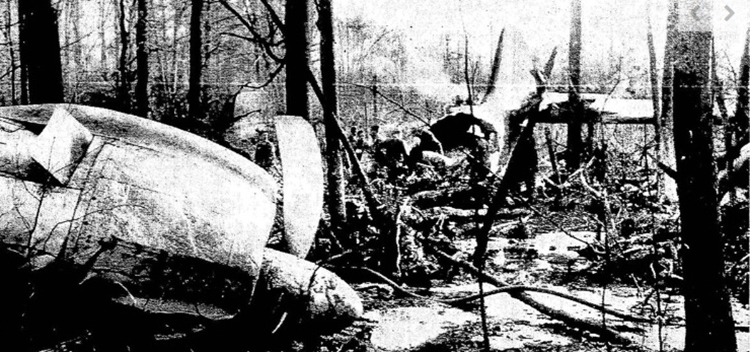Crash of a Douglas C-47B-30-DK Skytrain in South Park: 5 killed
Date & Time:
Jan 10, 1962 at 2300 LT
Registration:
44-76663
Survivors:
No
Schedule:
Pittsburgh - Pittsburgh
MSN:
16247/32995
YOM:
1944
Crew on board:
5
Crew fatalities:
Pax on board:
0
Pax fatalities:
Other fatalities:
Total fatalities:
5
Circumstances:
The crew (pilots and instructors) departed Pittsburgh-Greater Pittsburgh Airport at 2230LT for a local training flight (proficiency check). About thirty minutes into the flight, the crew reported an engine fire and elected to return for an emergency landing when the airplane went out of control, clipped trees and crashed in flames near the Snowden Junior-Senior High School. The aircraft was destroyed and all five crew members were killed.
Crew:
MaJ Leroy E. Smith,
Maj Ivan Allen Jr.,
Maj Frank Connelly,
Lt David Slone,
Cpt Griffin.
Crew:
MaJ Leroy E. Smith,
Maj Ivan Allen Jr.,
Maj Frank Connelly,
Lt David Slone,
Cpt Griffin.
Probable cause:
Engine fire in flight.



